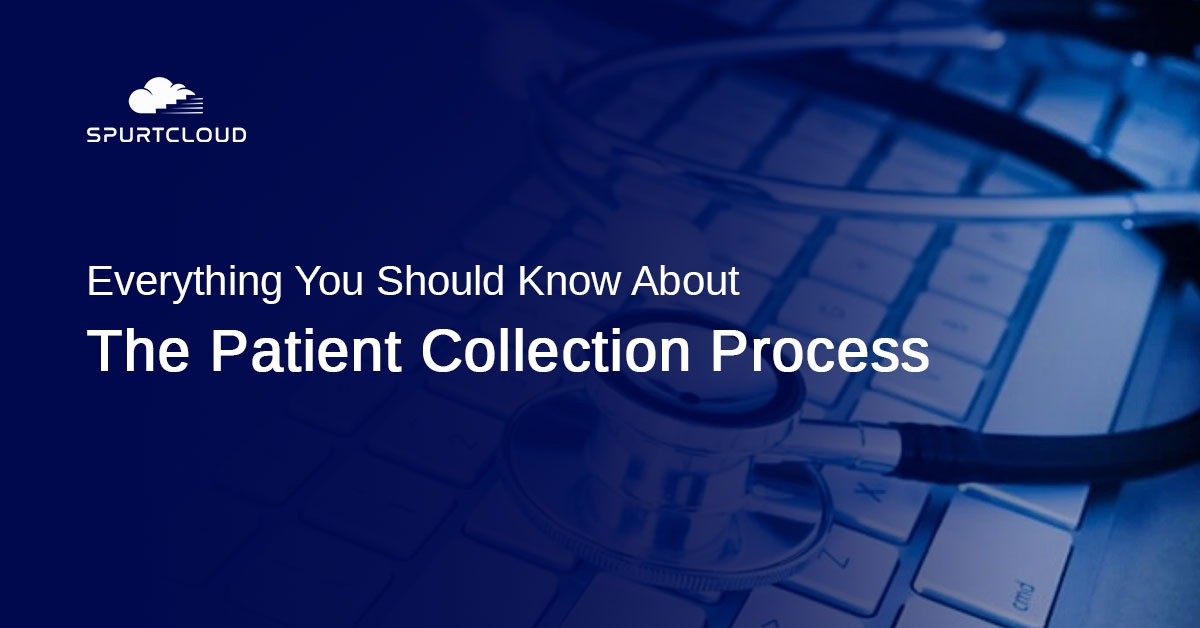Collecting money from patients is an ongoing challenge that has only worsened with high-deductible health plans. Traditionally, physicians have accepted this challenge as the status quo, instead choosing to overlook unpaid balances and provide patients the care needed. However, experts say the COVID-19 pandemic has prompted them to rethink this strategy and take a more proactive, business-savvy approach.
The patient collection process refers to the procedures and methods healthcare providers use to collect patient payments for the services rendered. It is an essential part of revenue cycle management in healthcare.
Why is it essential to improve patient collection?
Improving patient collections is a critical component of successful revenue cycle management. Medical payments have changed dramatically in recent months due to the Pandemic, and patients are increasingly affected by rising healthcare costs and high medical bills.
This is not the end; patients continue to bear the burden of medical bill payments. In turn, healthcare providers must adjust their collections to reflect the new demands of the healthcare industry, particularly in order to avoid issues with medical cash flow targets.
Even today, several providers rely on manual and paper-based collection processes. It can cause payment delays and hinder your staff’s productivity. According to the Trends in Healthcare Payments Annual report published by InstaMed in 2022, 75% of providers used paper and manual collection processes in 2021.
For example, phone calls and paper billing statements have been shown to slow cash flow and increase accounts receivable significantly. Furthermore, these antiquated methods are less efficient and more expensive than digital collection methods, allowing for much human error. These factors combine to create a negative patient experience, harming the hospital’s or health system’s brand and financial standing.
Some key challenges you might face due to manual collection workflows are as follows:
- Billing and coding errors
- Poor collection recovery rate
- Security threats
- Loss of patient records
- Payer contract issues
To overcome collection challenges and improve patients’ financial experiences, you can provide digital payment options and send in-app payment reminders to nudge clients to pay on time.
Here’s everything you should know about the patient collection process:
Pre-visit: Healthcare providers must verify their insurance coverage and eligibility before the patient’s appointment. They should also inform the patient of their financial responsibilities, including co-pays, deductibles, and out-of-pocket expenses.
At the time of service: Once the patient arrives for their appointment, they should be informed of any additional costs or fees not covered by their insurance. The patient should be asked to make a payment towards their financial obligation.
Post-visit: After the patient’s visit, the healthcare provider should submit their claim to the insurance company. The provider should then review the patient’s balance, and any remaining financial responsibility should be billed to the patient.
Follow-up: In cases where the patient has not paid their balance, the healthcare provider should follow up with the patient through phone calls, letters, or email reminders. The provider may also set up a payment plan or offer financial assistance.
Compliance: The patient collection process should be compliant with all applicable laws and regulations, including the Health Insurance Portability and Accountability Act (HIPAA) and the Fair Debt Collection Practices Act (FDCPA).
Communication: Communicating clearly and effectively with the patient throughout the collection process is essential. The patient should be informed of their financial responsibility, available payment options, and any consequences of non-payment.
Verify patient information: The first step in the patient collection process is to verify the patient’s demographic and insurance information. This includes verifying the patient’s name, address, date of birth, and insurance coverage.
Determine patient responsibility: Once the patient’s insurance coverage has been verified, the next step is determining the patient’s payment responsibility. This may involve reviewing the patient’s insurance policy to determine their co-pay, deductible, and other out-of-pocket expenses.
Estimate cost: Based on the patient’s insurance coverage and expected services, the healthcare organization or medical practice can estimate the cost of the services. This estimate can then be communicated to the patient.
Collect payment: Once the patient’s responsibility and estimated cost have been determined, the healthcare organization or medical practice can collect payment. This may involve collecting the patient’s co-pay at the time of service or billing the patient for the remaining balance.
Follow up on outstanding payments: If the patient does not pay their balance in full, the healthcare organization or medical practice may need to follow up to collect the outstanding payment. This may involve sending reminders, making phone calls, or even engaging a collection agency.
The patient collection is an important part of managing a healthcare organization or medical practice. By following these steps, organizations can ensure they are collecting payment for the services they provide while providing a positive patient experience.
In summary, the patient collection process involves verifying insurance coverage and eligibility, informing the patient of their financial responsibility, collecting payments at the time of service, submitting claims to insurance, billing patients for any remaining financial obligation, following up on payments, and ensuring compliance with all applicable laws and regulations. Effective communication with the patient is critical throughout the process to ensure a positive patient experience.
Are you facing the following issues?
Wasting time doing repeating tasks like sending manual reminder through email and sms?
Losing track of customer requests like handing disputes?
Increased DSO and reduced cash collection?
Get in touch with us to learn how SpurtCloud can help digitize your A/R Department.


